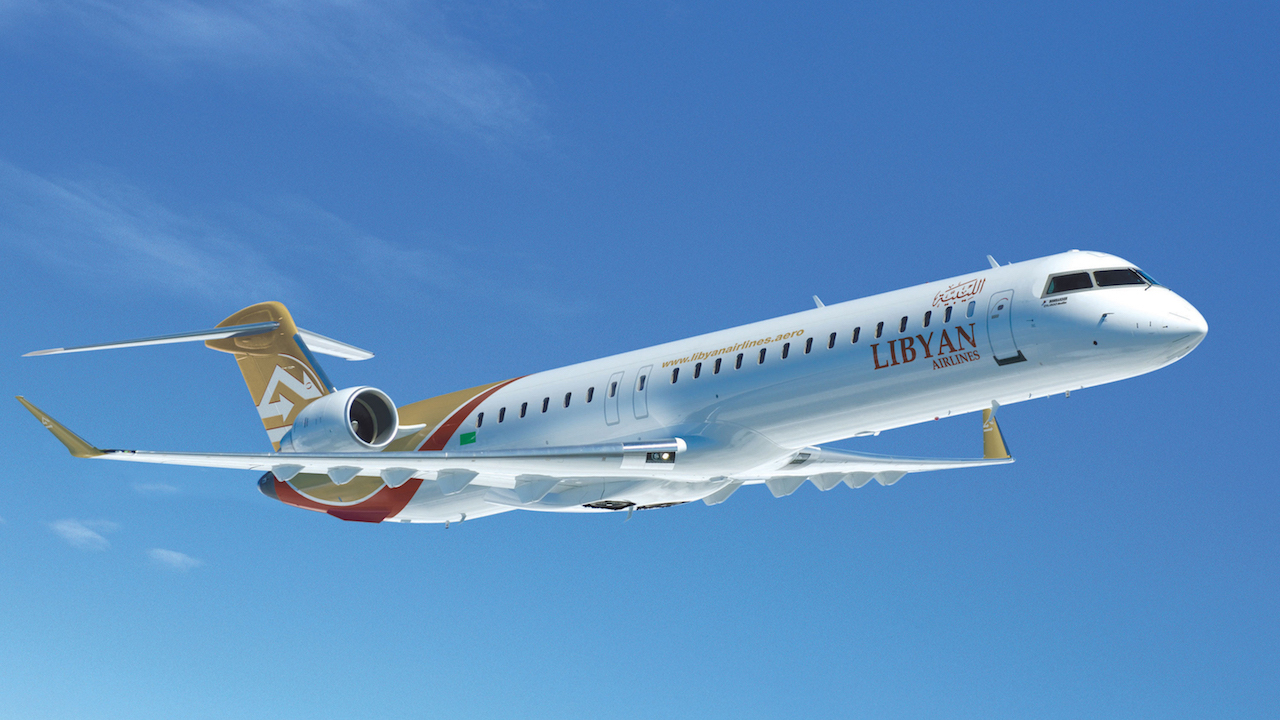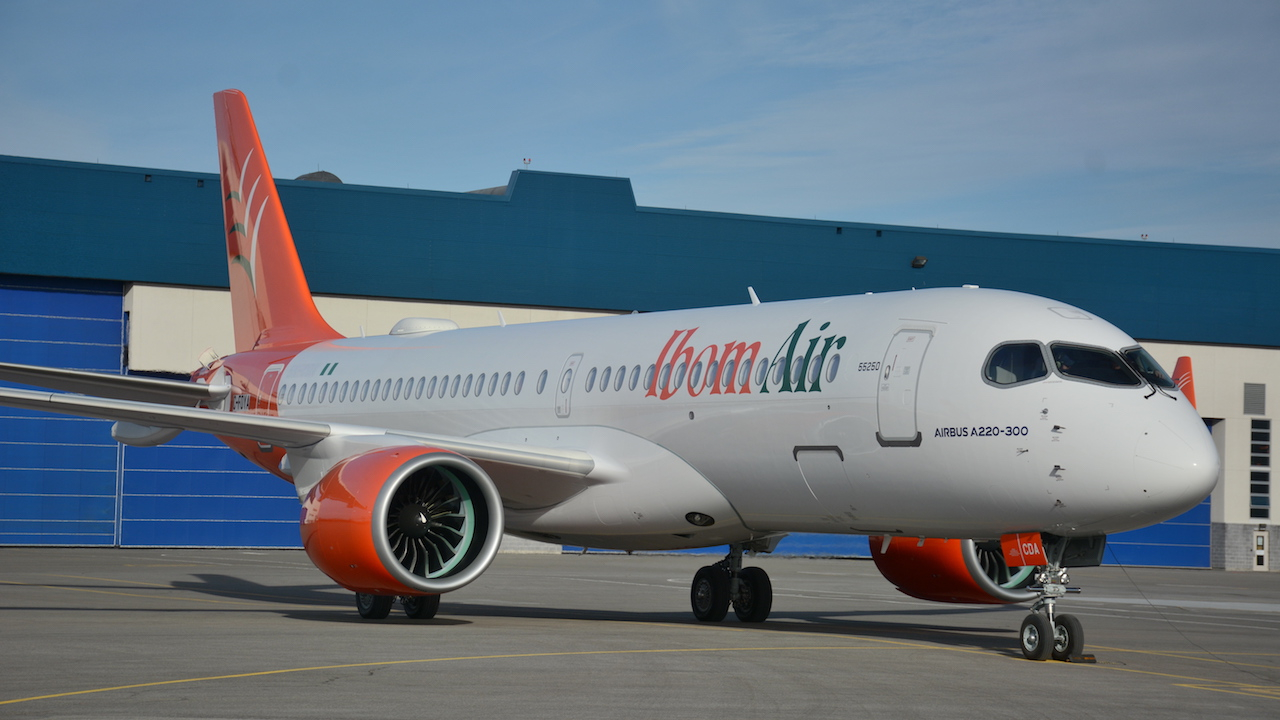Libya in a state over new airline
Will Libya gain a new national airline? The country’s government wants one, but details behind the plan are scarce.

Libyan Airlines has operated the CRJ900 since 2007. IMAGE: Bombardier
Confusion surrounds the announcement by Libya’s Government of National Unity that it intends to create a new state-owned national airline.
Initial indications were that the move would result in the amalgamation of Libyan Airlines and Afriqiyah Airways, but sources at Afriqiyah tell African Aerospace that this is not the case.
“There’s a decree by the government that a technical team has been created, but nobody knows what’s going on,” the source said.
“It’s very strange. We don’t know how it has come about. Libyan Airlines is the national carrier and Afriqiyah Airways is a state-owned company with different objectives.”
Both airlines come under the control of the state-owned holding organisation, the Libyan African Aviation Holding Company.
The Tripoli government has said that setting up a new airline forms part of a wider plan to invest in the country’s infrastructure and improve the airline sector’s competitiveness. However, few other details have been released. In particular, there has been no indication as to how the new airline would be funded, especially when the Government of National Unity’s financial resources are limited.
The country split into rival factions in 2014 between the United Nations-backed Government of National Unity in Tripoli and Tobruk-based general Khalifa Haftar’s Libyan National Army, with both parties backed by different groups of nations.
The source suggested that the government may have floated the suggestion of a new state-owned airline to gauge reaction from the airline community in the country. So far, reaction has ranged from puzzlement to frustration, partly because of the lack of money to pay for more basic requirements for Libya’s population and also because state-owned enterprises have a history of being heavily loss-making.
Additionally, while Libyans would undoubtedly appreciate having more international destinations to which they could fly, the chances of any new airline attracting significant inbound traffic seems slight. The European Union’s flight ban on Libyan-registered airlines is still in place and most western nations advise their citizens not to travel to the country, because of the continuing political uncertainty there.
In February, an International Conference on Air Sovereignty, held in Tripoli, called on European countries imposing a no-fly zone on Libyan aircraft to drop the ban, the official state news agency LANA reported.
The conference called for the formation of a committee of experts and specialists in the fields of international law, civil and military aviation from the country’s defence and foreign affairs ministries, as well as Libya’s civil aviation regulator, to follow up the implementation of the conference’s recommendations with a view to lifting the bans imposed by some European countries.
In a possible sign of improving conditions, several international carriers have begun to return to Libya, including Emirates, EgyptAir, Royal Jordanian and Turkish Airlines, while pursuing its objective of being the largest airline on the continent. ITA Airways, the Italian flag-carrier, followed suit a few months ago.
However, in an indication that the European Aviation Safety Agency retains reservations about the safety of operating into the country, it stipulated that all ITA Airways’ aircraft must make their landing approaches to Tripoli’s Mitiga Airport from over the Mediterranean Sea.
As well as the two state-owned carriers, Libya has around six privately-owned airlines, including Air Libya, Berniq Airways, Bouraq Air, Ghadames Air, Libyan Wings and Medsky Airways.
Libyan Airlines and Afriqiyah operate domestic services as well as international routes to a small number of destinations, including Tunis, Sfax, Cairo and Istanbul. All the carriers have small fleets – typically based around Airbus A320, A330s and Bombardier CRJs, some of which are parked.
Aviation in the North African country is still recovering from the disruption caused by the civil war and instability that followed the 2011 overthrow of former ruler Muammar Gaddafi.
Attention will now focus on the Libyan government, to see if further details of the planned new airline are forthcoming.
Stay up to date
Subscribe to the free Times Aerospace newsletter and receive the latest content every week. We'll never share your email address.


